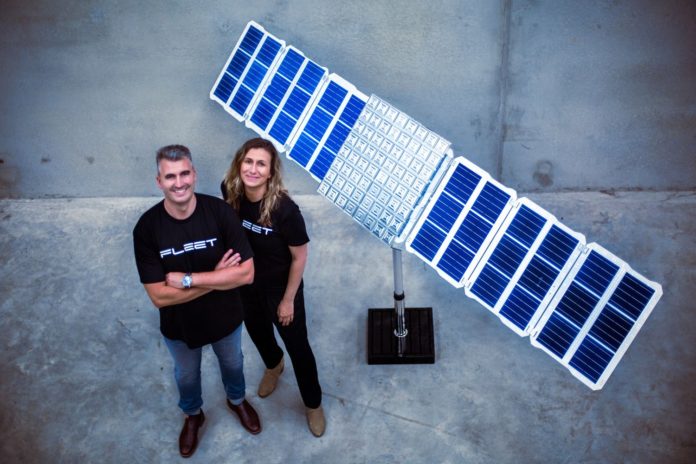Australian satellite developer Fleet Space will be pretty much busy during the next 12 months as it plans to launch the next generation of 3D printed small satellites. Called Alpha, those satellites reaffirm the company’s ambition to secure planet-wide coverage for millions of compatible Industrial Internet of Things devices.
This product strategy will be supported by a recent $26.4m (USD) Series B investment the company secured.
“It is Fleet Space’s vision that everyone, everywhere, has access to unlimited connectivity, no matter where they are on the globe, in cities, remote regions, on land or navigating the oceans. Our recent Series B investment empowered us to realise this vision by embarking on a bold new strategy. This new chapter in our story is led by the development of a new constellation of satellites named Alpha, which will work in harmony with our existing Centauri constellation. Alpha represents a major step forward and the first time a satellite has been created entirely through 3D-printing. By bringing together the creation, deployment and service of space technology this is a clear statement of our intent to become a global leader in space technology, and to support Australia’s ambition to lead this critical field”, Flavia Tata Nardini, CEO and Founder of the company states.
Thenew constellation of 3D-printed small satellites named Alpha will sit alongside the existing Centauri constellation. Their development is based on Fleet’s advanced beamforming technology and patented antennas.
From a manufacturing standpoint, it should be noted that the company has built experience with 3D printing. Indeed, the development of metal 3D-printed patch antennas for small satellites proves the company’s approach and the robustness of the technology for much wider use. Alpha satellites will have up to 64 of these antennas on board versus only 4 in the Centauri 4. This represents a 16-fold increase in performance while being only four times heavier.
To explain the process Alpha will undergo, Fleet Space said its Centauri 4 small satellite, developed in collaboration with Tyvak, has been integrated with its smallsat digital beamforming technology. The latter uses an array of multiple 3D printed all-metal antennas along with cutting edge Digital Signal Processing. This beamforming technology provides a substantial increase in throughput of customer IoT data and can service a higher number of customer terminals at once. It does this by generating a high number of highly-directional low-interfering beams in point-to-point satellite communications. This achieves a high spectral efficiency which improves quality of service through enhanced frequency re-use, faster data rates and more link robustness, the company explains.
Remember, you can post job opportunities in the AM Industry on 3D ADEPT Media free of charge or look for a job via our job board. Make sure to follow us on our social networks and subscribe to our weekly newsletter : Facebook, Twitter, LinkedIn & Instagram ! If you want to be featured in the next issue of our digital magazine or if you hear a story that needs to be heard, make sure you send it to contact@3dadept.com






